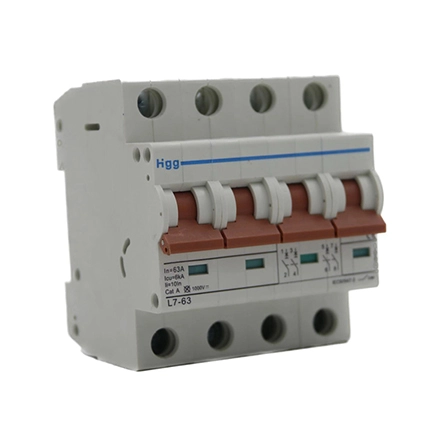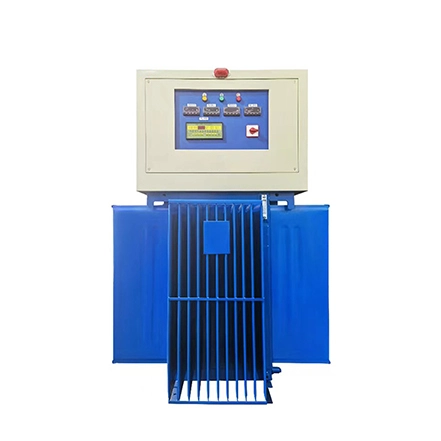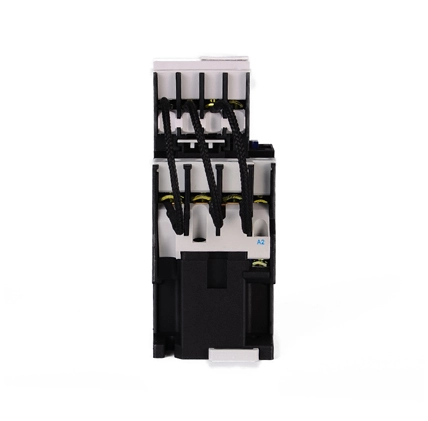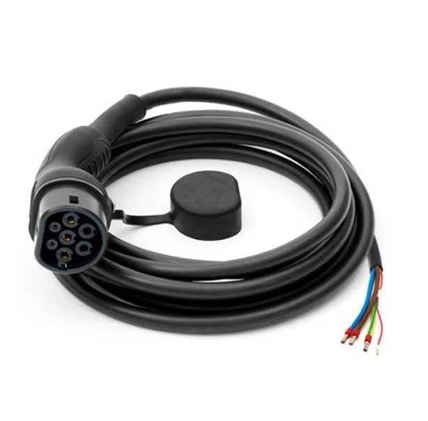In the realm of electrical engineering, the terms MCB (Miniature Circuit Breaker) and MCCB (Molded Case Circuit Breaker) are frequently encountered, often leading to confusion due to their similar acronyms and overlapping functions. While both devices serve the crucial role of protecting electrical circuits from overcurrent events, they differ significantly in terms of design, application, and capabilities. In this blog post, we'll delve into the nuances of MCBs and MCCBs, exploring their differences and understanding their respective roles in electrical protection.
MCB: Miniature Circuit Breaker
Let's begin our exploration with the Miniature Circuit Breaker (MCB), a compact yet essential component in electrical systems. As the name suggests, MCBs are designed to provide protection for miniature electrical circuits, typically found in residential, commercial, and light industrial applications. Here are some key characteristics of MCBs:
Compact Size: MCBs are characterized by their small size and compact design, making them suitable for installation in electrical distribution panels, consumer units, and circuit breaker boxes.
Thermal and Magnetic Tripping: MCBs typically employ a combination of thermal and magnetic trip mechanisms to detect and respond to overcurrent conditions. The thermal element senses sustained overloads, while the magnetic element detects short-circuit faults, triggering the MCB to trip and interrupt the flow of current.
Fixed Current Ratings: MCBs, such as two-phase MCB, are available in various current ratings, typically ranging from a few amps to around 100 amps. Unlike MCCBs, which often feature adjustable settings, MCBs have fixed current ratings determined by the manufacturer.
Single-Pole and Multi-Pole Configurations: MCBs, like 63 AMP DC MCB, are available in both single-pole and multi-pole configurations, allowing for protection of individual circuits or groups of circuits within an electrical distribution panel.
Commonly Used in Residential and Commercial Settings: Due to their compact size, cost-effectiveness, and ease of installation, MCBs are commonly used in residential, commercial, and light industrial settings to protect electrical circuits serving lighting, outlets, appliances, and other loads.

MCCB: Molded Case Circuit Breaker
Moving on to the Molded Case Circuit Breaker (MCCB), we encounter a more robust and versatile device designed for a wider range of applications. MCCBs offer enhanced protection capabilities and are commonly used in industrial, commercial, and heavy-duty applications. Here's what sets MCCBs apart:
Robust Construction: MCCBs are housed in a molded case enclosure made of durable insulating materials such as thermoset plastics. This robust construction provides mechanical protection for internal components and ensures durability in harsh environments.
Adjustable Settings: Unlike MCBs, which typically have fixed current ratings, MCCBs often feature adjustable settings for current rating, trip characteristics, and time delays. This allows for customization based on the specific requirements of the electrical system and the equipment being protected.
Higher Current Ratings: MCCBs are available in higher current ratings compared to MCBs, often ranging from 10 amps to several thousand amps. This makes MCCBs suitable for protecting larger electrical circuits and equipment with higher power requirements.
Wide Range of Applications: Due to their versatility and higher performance capabilities, MCCBs find applications in a wide range of industries and settings, including manufacturing facilities, commercial buildings, data centers, and utility substations.
Enhanced Protection Features: MCCBs may incorporate advanced protection features such as ground fault protection, arc flash mitigation, and remote monitoring capabilities. These additional features enhance the safety and reliability of electrical systems in demanding environments.
| Size | Small and compact | Larger and more robust |
| Application | Residential, commercial, light industrial | Industrial, commercial, heavy-duty applications |
| Current Ratings | Typically up to 100 amps | Typically from 10 amps to several thousand amps |
| Tripping Mechanisms | Thermal and magnetic | Thermal, magnetic, or combination |
| Adjustable Settings | Fixed current ratings | Adjustable settings for current rating and trip characteristics |
| Construction | Less robust construction | Robust molded case enclosure |
| Protection Features | Basic protection features | Advanced features such as ground fault protection, arc flash mitigation, and remote monitoring |
| Cost | Generally lower cost | Higher cost compared to MCBs |
| Common Uses | Lighting circuits, outlets, appliances | Motors, transformers, control circuits, industrial machinery |
Key Differences and Considerations
While both MCBs and MCCBs serve the fundamental purpose of protecting electrical circuits from overcurrent events, they differ in terms of size, construction, current ratings, and application suitability. When selecting between MCBs and MCCBs, it's essential to consider the specific requirements of the electrical system, including the magnitude of the current to be protected, the level of customization needed, and the environmental conditions in which the devices will operate.
In summary, MCBs are compact devices suitable for protecting miniature electrical circuits in residential, commercial, and light industrial settings, while MCCBs offer higher performance and versatility for protecting larger circuits and equipment in heavy-duty applications. By understanding the differences between MCBs and MCCBs, electrical engineers and system designers can make informed decisions to ensure the safety and reliability of electrical systems across various industries and environments.





